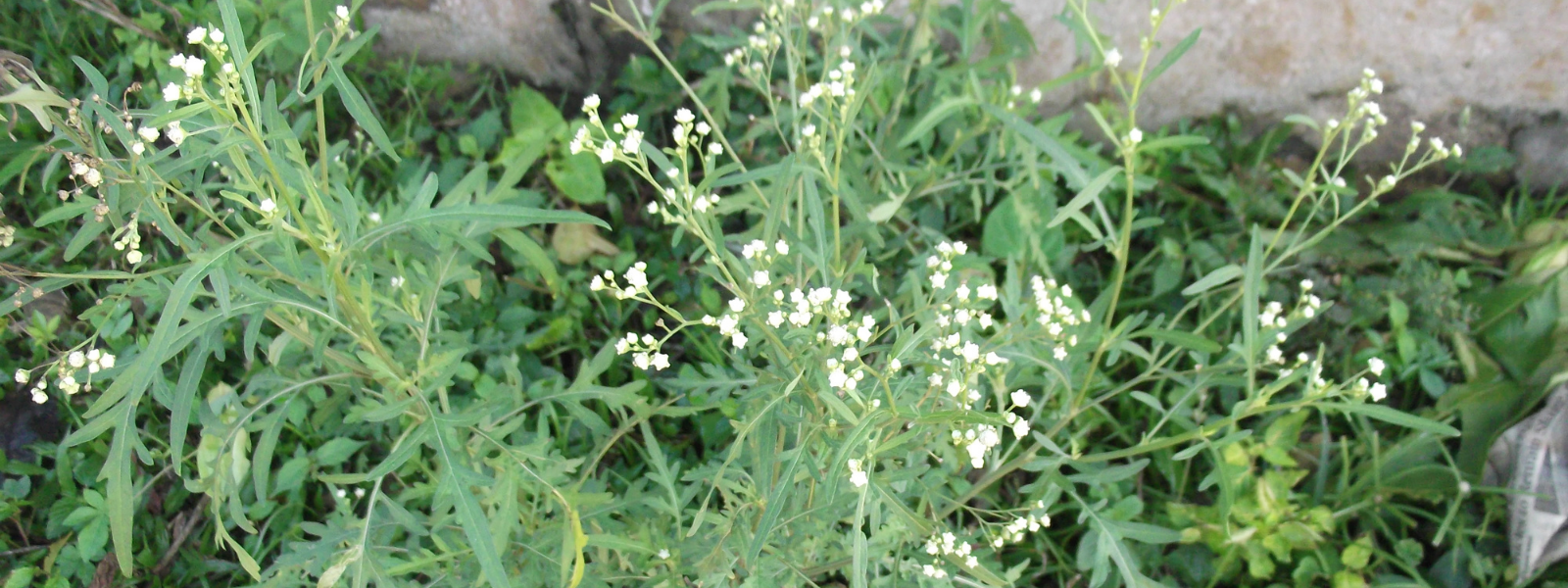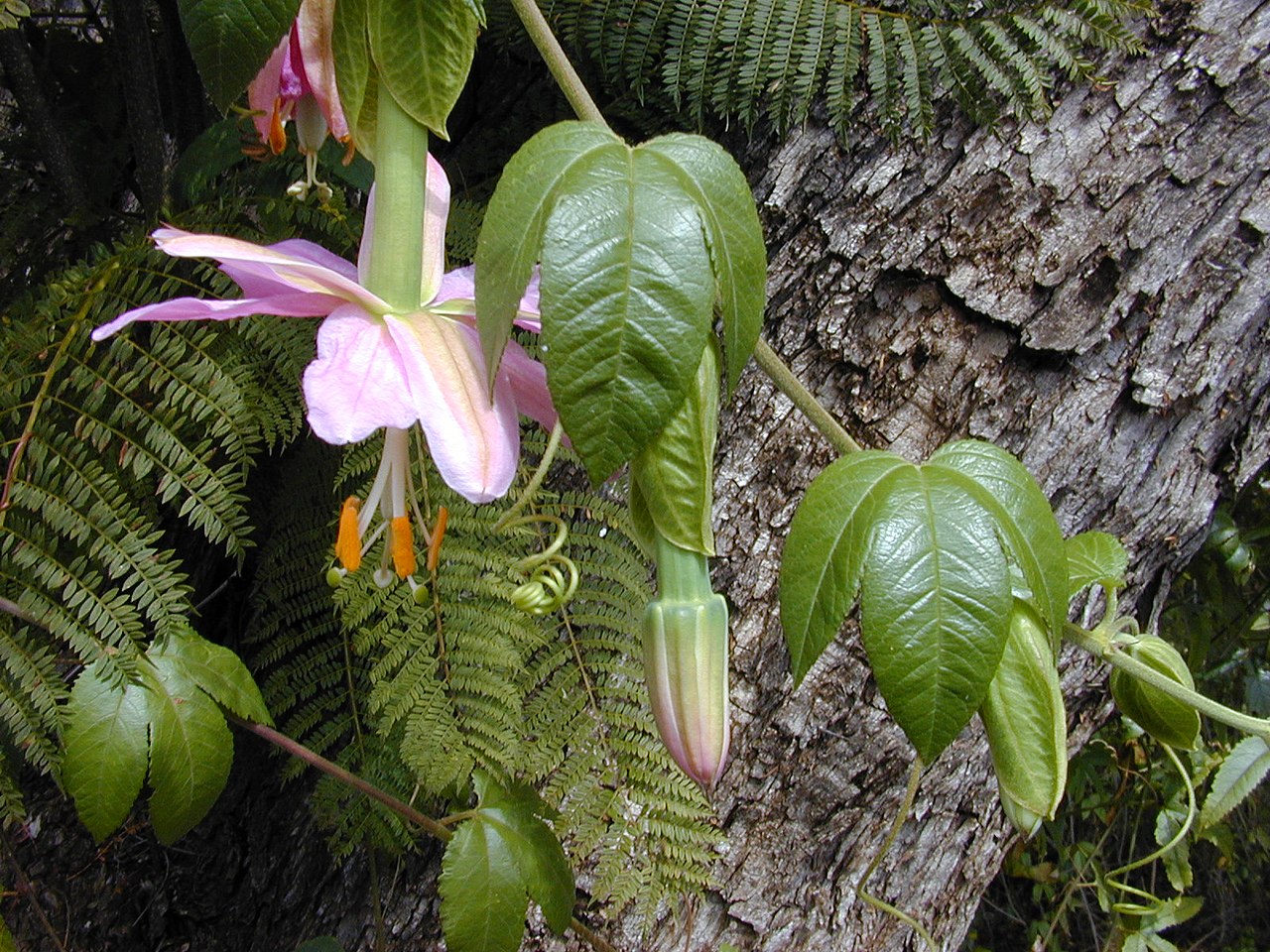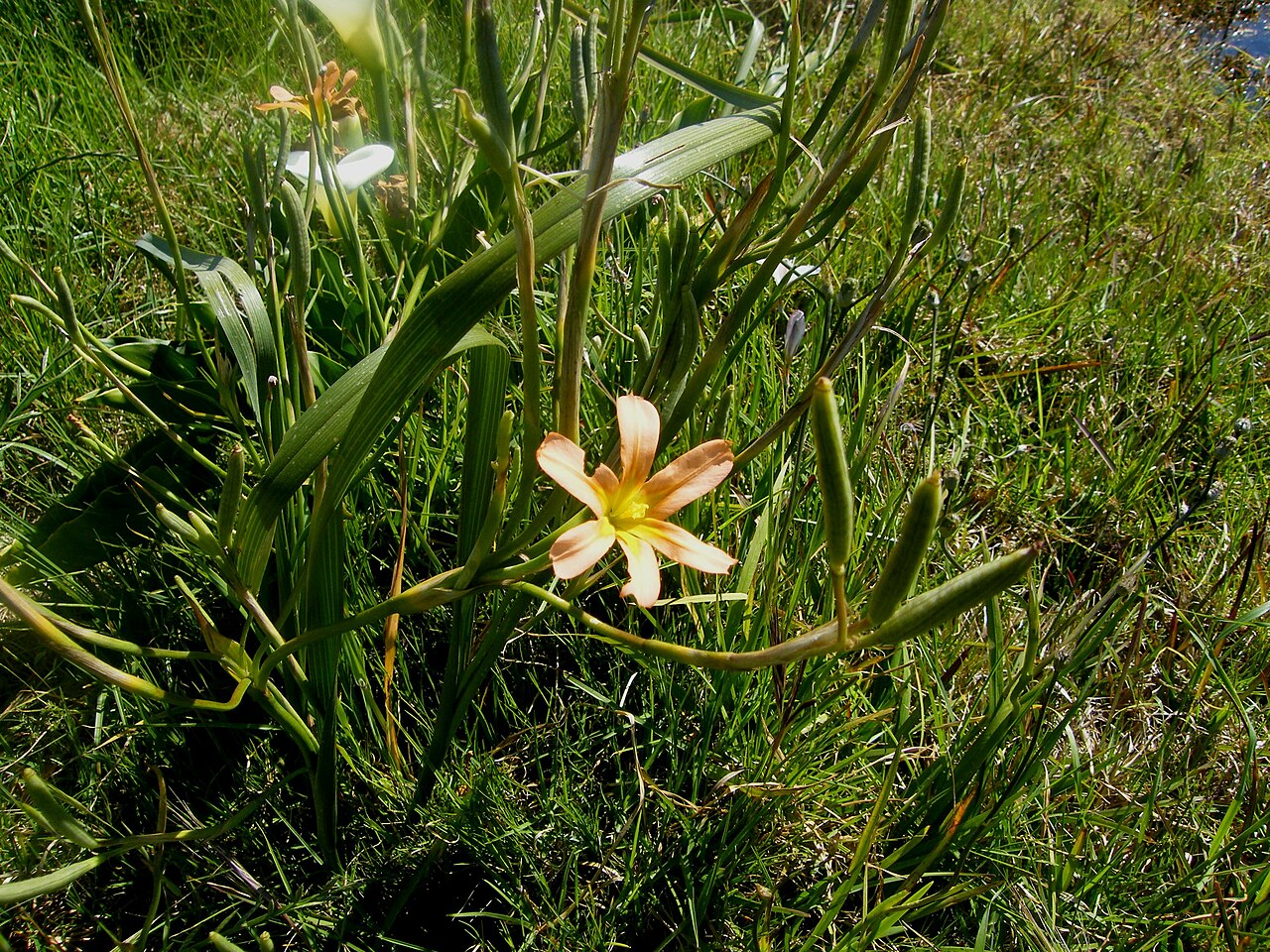
Common Name
Parthenium Weed, Bitter Weed, Carrot Grass, False Ragweed
Scientific Name
Parthenium hysterophorus
Family
Asteraceae
Lifecycle
Annual
Seasons of Growth
Spring to Autumn
Key Distinguishing Feature
Herb with white, daisy-like flowers
• Growth Form: Parthenium Weed is a small to medium-sized herbaceous plant that can reach heights of 0.3 to 1.5 meters (1 to 5 feet). It has an upright growth habit.
• Leaves: The leaves are deeply lobed and arranged alternately along the stems. They are typically pinnately divided and have a distinctive shape.
• Flowers: The flowers are small and inconspicuous, with white to cream-coloured petals. They are borne in clusters at the ends of stems.
• Seeds: Parthenium Weed produces numerous small, whitish seeds with a feathery pappus, which facilitates wind dispersal.
• Habitat: Parthenium Weed is commonly found in a variety of habitats, including pastures, roadsides, disturbed areas, and gardens. It is native to the Americas but has naturalized in other regions, including Asia and Africa.
Ecological Impact:
• Parthenium Weed is considered a highly invasive and problematic weed in many regions outside its native range. It can outcompete native vegetation, reduce biodiversity, and have negative impacts on agriculture.
• The plant is known for its allergenic properties and can cause skin and respiratory issues in humans and animals upon contact or ingestion.
Control Methods:
• Control of Parthenium Weed often involves a combination of mechanical, chemical, and cultural methods.
• Mechanical methods include hand-pulling or cutting to prevent seed production and reduce the spread of the weed.
• Herbicides may be used for control, but care must be taken to use them safely and effectively, following local regulations.
• Preventing the establishment of Parthenium Weed through early detection and rapid removal is important.
Parthenium Weed is a challenging and invasive weed that requires active management to prevent its spread and protect native ecosystems and agriculture. Local agricultural and environmental agencies often provide guidance on the best control practices for this invasive species.
Key Products for Control:
-
Adama Farmozine WG - Atrazine
-
Adama Enforcer 75-D - Picloram and 2,4-D
- Indigo MetForce - Metsulfuron Methyl




